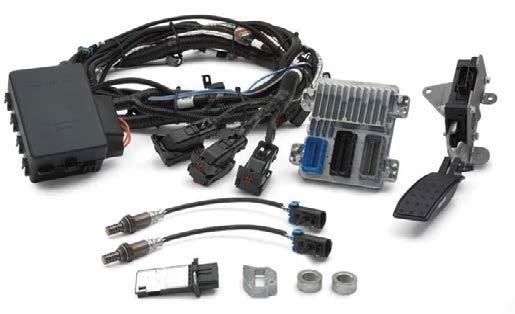Hello All,
Got my 1967 Camaro already to go with a rebuilt LS. Now is the time to wire the car. Since this is a “project of passion” for me I want to do everything from scratch myself. The big problem is I’ve never wired a car from scratch before. I’ve read all the Tony Candela books and done a lot of research online and believe I have everything figure out except a couple of things. These are some very specific things relating to my ignition switch and how things get powered with ACC/ON/START. I know I can make it work but want to know the correct way to do some of this stuff.
Thanks for reading through my long winded questions and would appreciate and advice from all you experts in our community. If y’all have any suggested learning material I would love to know. Thanks.
Got my 1967 Camaro already to go with a rebuilt LS. Now is the time to wire the car. Since this is a “project of passion” for me I want to do everything from scratch myself. The big problem is I’ve never wired a car from scratch before. I’ve read all the Tony Candela books and done a lot of research online and believe I have everything figure out except a couple of things. These are some very specific things relating to my ignition switch and how things get powered with ACC/ON/START. I know I can make it work but want to know the correct way to do some of this stuff.
- When I switch the key to ACC I will be powering a relay that I need to size based on my current requirements for my accessories. This relay will power a terminal strip where that terminal strip will then power relays for my accessories (i.e. power windows, lights, etc.). When I switch the key to the ON position I will then power on another relay that is sized for everything else (fuel pump, fans, etc.) that will power on a different terminal strip . Am I thinking about that correct?
- I was planning on having the battery in the trunk along with the main fuse and relay panel. Do people usually run wires from the ignition switch from the front of the car to the rear? I was planning on having ignition in the console so I would run the wires down the middle of the car and in to the trunk? I know this seem like a dumb question but I don’t know what people usually do.
- Finally the starter. I have your standard GM#88878289 starter. I keep seeing people put these external starter relay/solenoid in the starter motor circuit. But I thought all newer starters (including this one) has a solenoid bolted to the side of it already. I thought I would just need to tie the START wire from my ignition to the solenoid on the starter. Am I correct? Do I need an additional starter relay?
Thanks for reading through my long winded questions and would appreciate and advice from all you experts in our community. If y’all have any suggested learning material I would love to know. Thanks.







